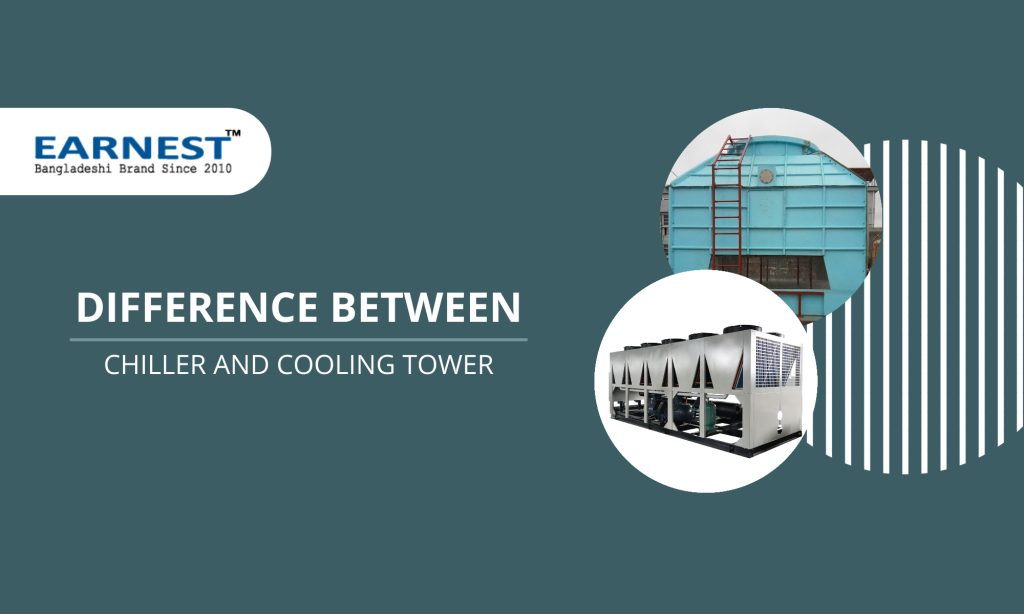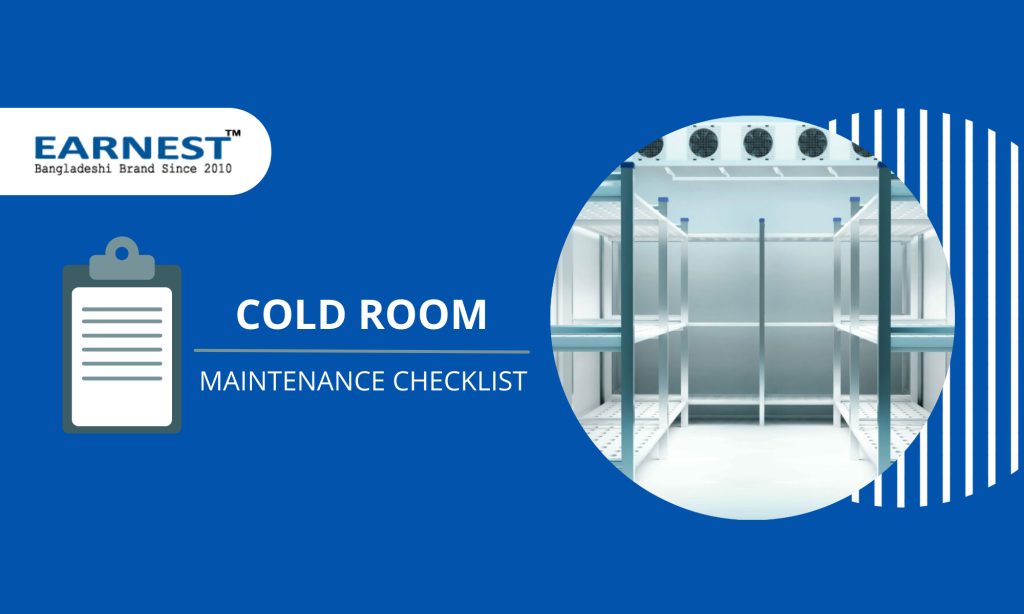The role of a clean and maintain industrial dehumidifier is to extract moisture from the air and reduce humidity. This is a very important task because by doing so you avoid the growth of mould, bacteria and mildew. These are the same organisms that create a musty odor in the space. In an industrial setting, accumulation of moisture can cause water damage to equipment through rusting. If humidifiers are not properly maintained, they could even cause the spread of Legionnaires disease.
Fortunately, dehumidifiers are relatively simple devices with very few components, which makes it easy to clean and perform regular maintenance work. To make things even easier, here are the 5 steps you can take to keep your dehumidifier working efficiently and effectively.
Power It Down
Even though this seems like a no-brainer, it’s still worth a mention because some people may overlook this step. In fact, we not only recommend turning off the device but also unplugging it to be safe while handling it.
Wipe It Down
It would be no use to clean the inner components of a dehumidifier while leaving the outer surface moist as the water would just get into the machine thereafter. Use a clean, soft cloth to wipe the outside surface thoroughly to remove any water that has accumulated on the dehumidifier.
Empty the Reservoir
A dehumidifier lowers humidity by extracting water from the air, which is then collected inside the machine. As more moisture is extracted, it begins to accumulate in the reservoir, creating the ideal environment for the growth of mold and mildew – the very problem you were trying to solve. That is why you should empty the reservoir at least once a month or twice a month if possible.
Condensed water accumulates in the reservoir bucket, which can be easily pulled out and the contents emptied. Some industrial dehumidifiers like the one used in the textile industry have a drain hose outlet, in which case you don’t need to manually pour the contents and can simply drain the accumulated water.
But regardless of whether the machine has a hose outlet, you will need to clean the reservoir bucket too. Even with the help of filters, some impurities will still get through and these could result in the growth of organisms. Do this by filling it with water and a mild soap solution then scrubbing the surface. When it’s clean, dry the surface using a dry cloth and only then place it back into the machine.
Cleaning the Filters
As moist air passes through the dehumidifier, air filters catch any solid foreign materials. This prevents an accumulation of these particles on the coils or desiccant material thus keeping them functioning effectively. Dehumidifiers can also have bucket filters, and you should find this information from the cooling tower manufacturer or the user manuals so that you clean all filters.
After identifying and locating the filters, carefully pull them out of the machine and wash them in a solution of soapy water. Be sure to do this gently as you don’t want to cause any rips or tears on the filters. Afterward, leave them to dry in the open air and only then place them back into the machine.
Clean the Coils and Desiccants
This next step requires you to access the internal components, a process the industrial dehumidifier manufacturer should provide instructions for in the manuals. Once inside, locate the condensing coils or desiccant. Most dehumidifiers use coils to cool moisture from the air, but some industrial machines use a desiccant if the humidity levels need to be kept very low even at low temperatures.
Now take out the coils or desiccant and wash them with water. This step is only meant to get rid of any debris stuck on their surfaces, so you don’t need to use a soap solution. In the case of desiccant dehumidifiers, some machines are bought with a wheel full of desiccant material and you can easily switch them if you find the performance is waning. If you can’t find a replacement desiccant, though, a gentle rinse will do the job.
Vacuum the Machine
With the dehumidifier exposed, identify any other internal components such as the pump and float valve and clean them too to remove any solid debris. A vacuum should do the trick and will expel any such material.
Wait until all components are dried and put back the dehumidifier. You should be good to go for a few more weeks and do it all over again.






